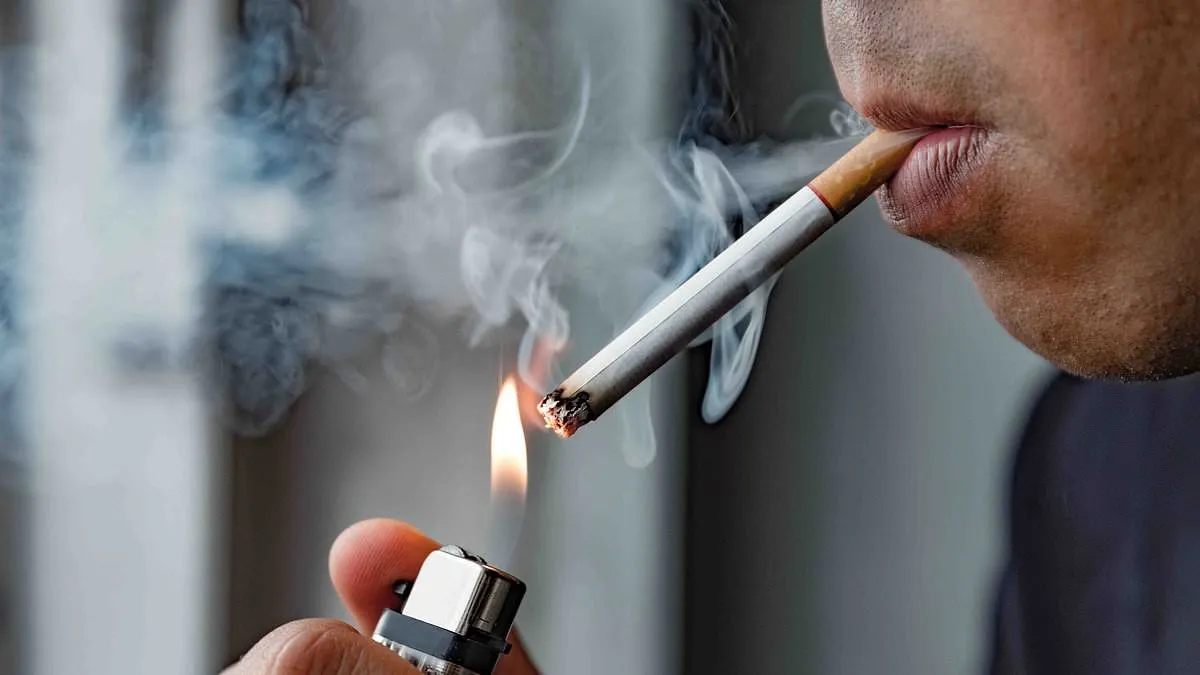
According to a new study, residents of Iowa may be at the highest risk for lung cancer over the next decade. Researchers from the University of California San Diego conducted a comprehensive survey involving 1.7 million Americans across all 50 states to analyze cigarette usage trends from 1992 to 2022. This extensive research aimed to predict which states would have the most smokers by 2035.
The study revealed a significant decline in smoking rates across the United States since the early 2000s. Smoking prevalence has dropped by more than 60 percent, from 23 percent in 2001 to just 9.4 percent in 2022. Notably, Utah boasted the lowest smoking rate in 2022, at only 4.4 percent. In stark contrast, Maine had the highest smoking rate, reaching 16.4 percent.
Looking ahead to 2035, experts predict that while the national average for smoking rates will decrease to approximately 5 percent, Iowa's smoking rate—currently around 16 percent—is expected to remain unchanged, positioning it as the state with the highest smoking prevalence in the country.
Smoking is the leading cause of lung cancer, accounting for 80 to 90 percent of all cases. Lung cancer remains America's deadliest and is the third-most common cancer, with an alarming 226,000 cases diagnosed each year and 130,000 fatalities. Despite the decline in smoking rates, researchers caution that lung cancer rates will take much longer to decrease, particularly in regions where smoking remains prevalent.
Matthew Stone, the lead author of the study and an assistant professor at the UC San Diego Herbert Wertheim School of Public Health, emphasized that while the decline in smoking among young adults is a promising sign, older populations—especially in states with historically high smoking rates—will continue to experience high incidences of lung cancer and other smoking-related illnesses.
The researchers utilized data from the U.S. Census Bureau on smoking and tobacco use spanning from 1992 to 2022, which included responses from 54,000 households. The demographic breakdown indicated that 78 percent of respondents were white, with the largest age group being 35 to 49 years old. Participants were asked 18 times whether they had smoked at least 100 cigarettes in their lifetime, and those who answered 'yes' were further queried about their current smoking habits.
From 1992 to 2001, the national smoking rate stood at 23 percent, with Utah recording the lowest rate at 15 percent and Kentucky the highest at 31 percent. Fast forward to 2022, and the national smoking rate has plummeted to 9 percent, with Utah again leading the way with a mere 4.4 percent smoking rate. Following Iowa and West Virginia, which are both at 16 percent, other states with high smoking rates include Oklahoma (15 percent) and South Dakota (14 percent).
As for states with lower smoking rates, Utah is followed by California (5.6 percent), Colorado (6 percent), Connecticut (6.5 percent), and Arizona (6.7 percent). The researchers predict that by 2035, Hawaii will have the lowest smoking rate at just 1.4 percent, trailed by Colorado (1.5 percent) and Utah (2.5 percent).
The findings align with the observed lung cancer rates, which tend to be highest in Midwestern and some New England states. The national average is 54 cases of lung cancer per 100,000 people. Maine, which exhibited the highest smoking rate in 2022, had a lung cancer rate of 63 cases per 100,000 people in 2021. In comparison, Kentucky (79.3 cases per 100,000), West Virginia (74 cases per 100,000), and Mississippi (65.6 cases per 100,000) were among the states with the most alarming lung cancer rates, while Iowa's rate was recorded at 61 cases per 100,000 residents.
While the study highlights a significant decline in smoking rates across all states, researchers expressed concern over the rising prevalence of vaping, particularly among young people. The use of e-cigarettes among high school students surged from 1.5 percent in 2011 to 27 percent in 2019. John Pierce, a distinguished professor at UC San Diego and corresponding author of the study, cautioned that while the decline in cigarette smoking is a commendable public health achievement, the tobacco industry's recruitment of a new generation into e-cigarette use poses a potential setback in the fight against nicotine addiction.
He concluded that further research is essential to understand the long-term implications of this trend on public health and smoking rates.